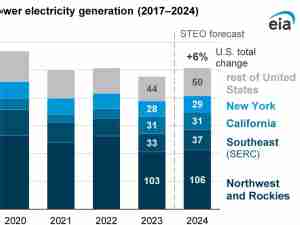Norges Bank warns more rate cuts may be needed after oil slump
By: Saleha Mohsin | Jun 18 2015 at 08:55 AM
Norges Bank cut interest rates to a record low and said it may need to ease policy further to avoid a recession in western Europe’s biggest oil producer.
The overnight deposit rate was cut by 25 basis points to 1 percent, the Oslo-based central bank said. The decision was forecast by 16 of 17 economists surveyed by Bloomberg, while one saw no change. The bank signaled another cut may come as soon as September while its rate path shows a low of 0.83 percent by the end of the year.
“The current assessment of the outlook for the Norwegian economy suggests that the key policy rate may be reduced further in the course of autumn,” Governor Oeystein Olsen said in a statement.
After easing policy in December to mitigate the risks of an oil induced slowdown, Olsen kept rates unchanged in March and May, but signaled a 100 percent chance of more cuts by June. A slowdown in Norway is coinciding with a return to extreme measures in neighboring regions. The European Central Bank is buying debt to add to its stimulus, while policy makers in Sweden and Denmark have cut rates well below zero.
The krone slid 0.6 percent to 8.7346 per euro as of 10:26 a.m. in Oslo.
“We’re going to see an intensified slowdown in the oil related industries, which will damp mainland GDP growth and push unemployment upwards,” Frank Jullum, chief economist for Danske Bank A/S in Oslo, said before the rate decision. Growth in Norway will start to stabilize at the end of this year, he said.
Oil Jobs
The central bank cut its forecast for mainland gross domestic product growth to 1.25 percent this year and 1.5 percent next year. Petroleum investments will fall 15 percent this year and 5 percent next year. It had earlier predicted a 10 percent decline for those investments in 2016.
Low oil prices are already taking their toll. Planned job cuts in Norway’s oil and gas industry will exceed 20,000 as those companies adjust to the new market, according to DNB Markets.
“Developments in the Norwegian economy have been slightly weaker than expected and the economic outlook has deteriorated somewhat,” Olsen said.
A quarterly survey of oil companies by the country’s statistics agency released last week showed they see investments falling 11 percent this year from a record in 2014, and a further 3 percent in 2016.
Wage Growth
While the slump is forcing the central bank to adjust its view on how to spur growth in the $510 billion economy, policy makers aren’t facing the disinflationary pressure that has hit Sweden and other parts of Europe. Underlying consumer prices gained 2.4 percent last month, close to the bank’s 2.5 percent target.
“The krone depreciation in 2014 will underpin inflation in the coming period,” the bank said. “Further ahead, lower wage growth and fading effects of a weaker krone will pull down on inflation. House prices have risen at a slower pace than expected, but household debt is steadily rising.”









